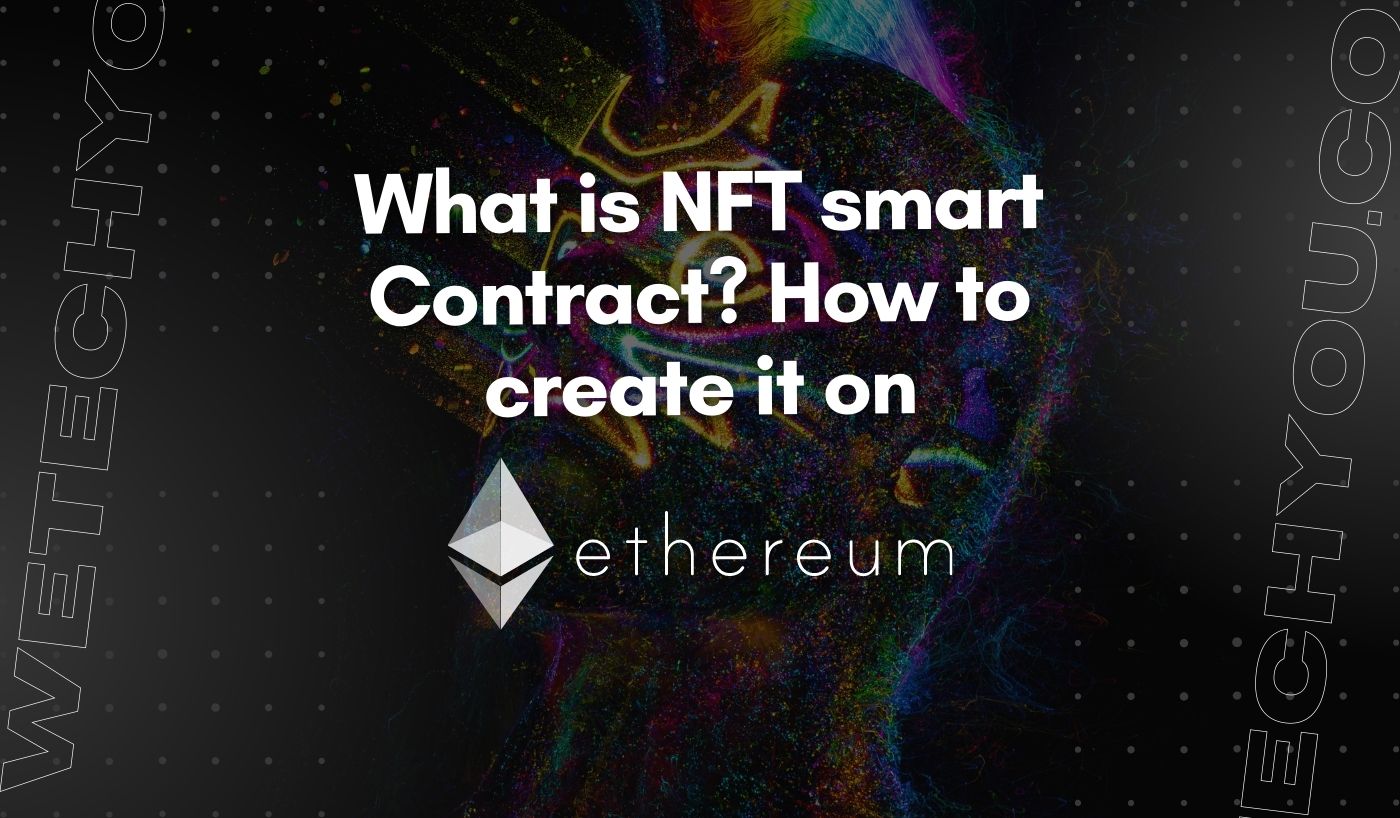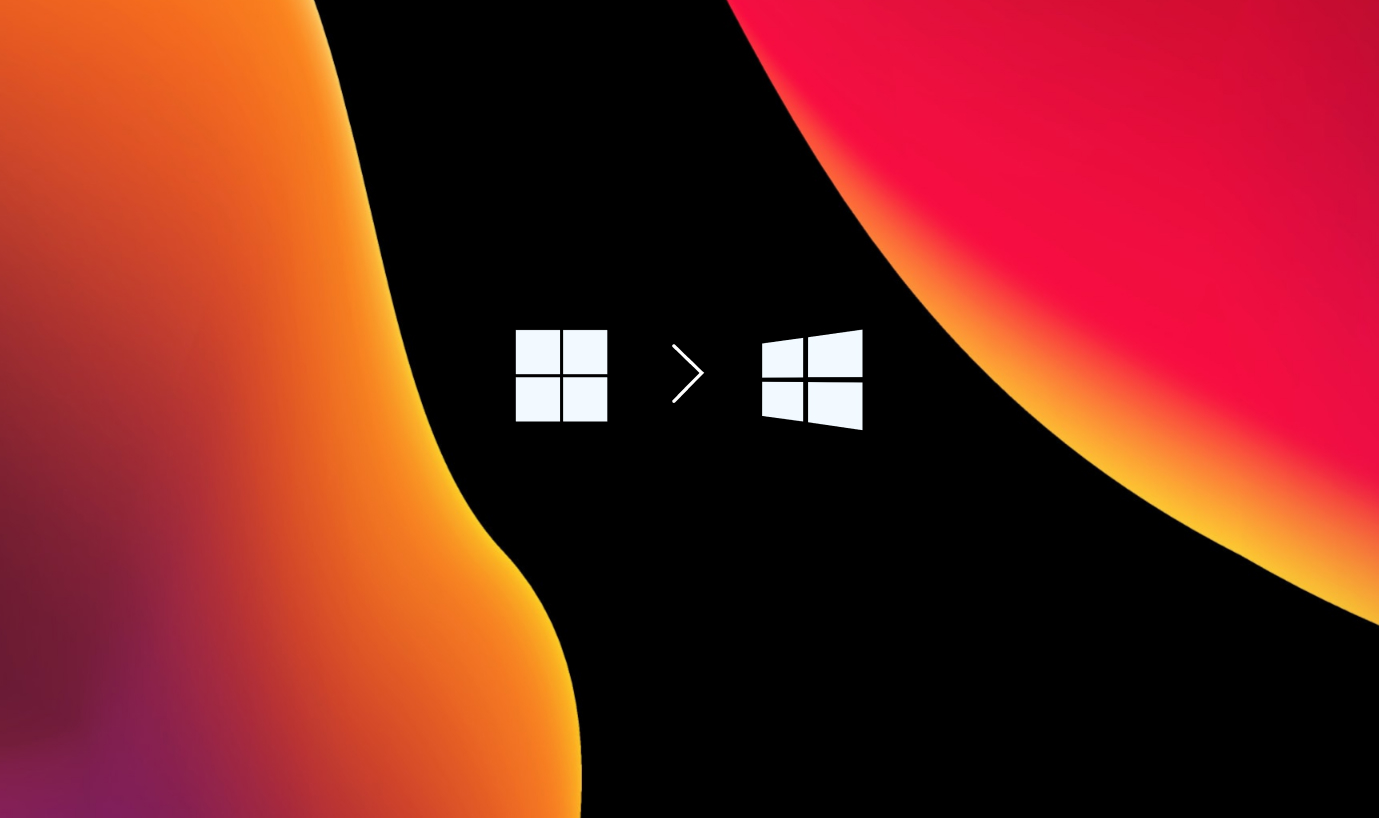Discover a whole new world of non-fungible tokens (NFTs) that hold treasures beyond your wildest imagination. These unique digital assets have caused a seismic shift in how we perceive art and other forms of media. The unmatched characteristics of NFTs have transformed them into a hot commodity, with people fetching millions of dollars.
But to get started with NFTs, you must know about NFT smart contract, the very foundation of these digital gems. In this article, you’ll get an insider’s view of NFT smart contracts, how they work, and how to create them on the Ethereum network.
What is an NFT smart contract?
An NFT smart contract is a piece of code stored on a blockchain network, such as Ethereum. It defines the rules for creating, owning, and transferring Non-Fungible Tokens (NFTs). These contracts are self-executing, meaning that they automatically enforce the rules encoded within them. NFT smart contracts ensure that each NFT is unique, indivisible, and cannot be replicated or double-spent, guaranteeing the ownership and authenticity of your assets.
Creating an NFT smart contract on Ethereum
To create an NFT smart contract on Ethereum, you’ll need some programming knowledge and familiarity with the Ethereum network. You can use several programming languages, including Solidity, Vyper, or Bamboo, to write your smart contract.
Follow these steps to create your own smart contract on Ethereum.:
Step 1: Set up your development environment
Install a code editor, Node.js, and the Solidity compiler to set up your development environment. You can use any code editor, but we recommend using Visual Studio Code.
Step 2: Define the structure of your contract
Next you need to specify a few things, including the name of your contract, the version, the compiler, variables, functions, and events you’ll use in your contract. The OpenZeppelin library is the best option to simplify your code if you think that things are getting complicated.
Step 3: It’s time to write the code for your contract
Now this is the most crucial part of creating your smart contract. To write your code, define the functions that will enable the creation, ownership, and transfer of your NFT. You will also need to define the variables that will store the data of your NFT. If you’re not familiar with programming, it’s recommended to hire a blockchain developer for this purpose.
Step 4: Test your contract
After writing the code, it’s time to test it. Use the Remix IDE. It’s a web-based development environment for Ethereum smart contracts. You can deploy your contract on a test network, such as Ropsten or Rinkeby, to ensure that it works as expected.
Step 5: Deploy your contract
Once you have tested your contract, it’s time for the final show. Deploy it on the Ethereum network. But at this stage, you’ll need to pay a small fee, called gas fee, to execute your smart contract on the network. So make sure your digital wallet has some cryptocurrencies that you can use to pay gas fees. Once your contract is deployed, your digital assets will be stored on the blockchain network forcereve. Remember that you can’t modify or delete it later, so make sure all your details are accurate.
How to mint an NFT using Smart Contract on Ethereum
Now that you have created your NFT smart contract, you can start minting your NFTs. Minting an NFT means creating a new instance of your unique digital asset. You can create as many NFTs as you want, as long as your smart contract allows it.
To mint an NFT, you will need to follow these steps:
Step 1: Connect your wallet to the Ethereum network
To mint an NFT, you will need to connect your wallet to the Ethereum network. You can use a wallet that supports Ethereum, such as MetaMask, MyEtherWallet, or Ledger. You will need to have some Ether (ETH) in your wallet to pay for the gas fees and mint your NFT.
Step 2: Access your smart contract
Once you have connected your wallet to the Ethereum network, you can access your smart contract. You will need to know the address of your contract and the ABI (Application Binary Interface), which is a JSON file that describes the functions of your contract.
Step 3: Call the mint function
The next step is to call the mint function of your smart contract. This function will create a new NFT and assign it to the owner’s address. You will need to specify the metadata of your NFT, such as its name, description, and image. You can store the metadata on a decentralized storage system, such as IPFS or Arweave, and link it to your NFT.
Step 4: Pay the gas fee
Before you can mint your NFT, you will need to pay the gas fee. The gas fee is a small amount of Ether that you pay to the network to execute your transaction. It is determined by the complexity of your transaction and the current network congestion. You can adjust the gas fee to prioritize the speed or the cost of your transaction.
Step 5: Wait for the confirmation
Once you have paid the gas fee, you will need to wait for the confirmation of your transaction. The confirmation time depends on the network congestion and the gas fee you have paid. You can check the status of your transaction on a blockchain explorer, such as Etherscan.
Conclusion
NFT smart contracts are an innovative way to represent digital assets on the Ethereum blockchain. From art pieces and music to real-world objects, NFTs are an exciting addition to the Ethereum ecosystem. While creating an NFT smart contract may seem like a daunting task, it is actually quite easy with some basic knowledge of Solidity and Web3.js.




